The good and bad over six months later

Robert Triggs / Android Authority
At launch, the Sony Xperia 1 III was an expensive and minorly flawed handset, but one well on the way to fixing up the issues of its predecessor and helping set Sony apart from the rest of the crowd. As a result, the handset earned Android Authority’s coveted Editor’s Choice award, making it one of our preferred picks of 2021. But what about if you’re planning to buy the phone today?
Check it out: The original Android Authority review of the Xperia 1 III
A lot has changed in the past six months; there’s now a whole new assortment of flagship smartphones on the market aiming to give Sony a run for its money. In this Sony Xperia 1 III review revisited, let’s see how the phone holds up over six months later and whether it’s still a recommended purchase.
The good
At review, we called the Sony Xperia 1 III an incredibly well-built, feature-packed smartphone that’s undoubtedly Sony’s best handset to date. Despite the launch of the prohibitively expensive, professional-targeted Xperia Pro-I, I’d still say it’s true that the Xperia 1 III is the best all-around Sony phone you can buy. Especially if you’re big on the features below:
Stellar design
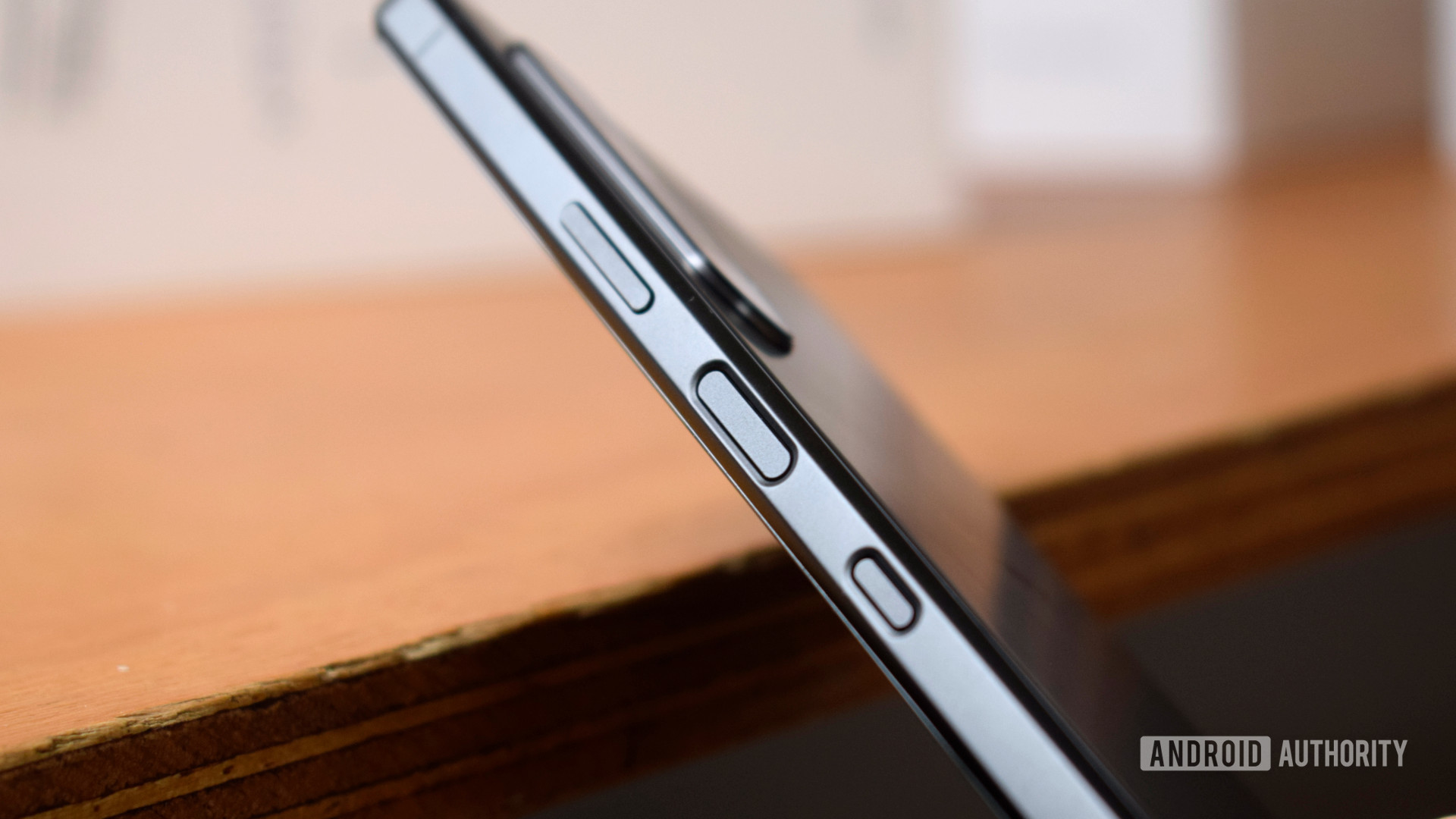
Robert Triggs / Android Authority
The Sony Xperia 1 III’s design is as good today as it was at launch and it’s still one of the best-looking and most well-built phones on the market. Providing you’re happy with the slim and tall 21:9 aspect ratio, the aluminum chassis feels terrific in hand, and the design is sleek and streamlined. Its classic good looks will still look great in a few years, let alone a few months.
Although the Xperia is good-looking, it’s the little details that make Sony’s design what it is. You don’t need a finicky tool to open the SIM tray, the phone retains an IP65/IP68 rating, and the aluminum frame and metal feel don’t interfere with the device’s wireless charging capabilities. Then there’s a headphone jack and microSD card shared dual-SIM slot — two features beloved by media enthusiasts that you won’t find on every high-end smartphone.
The Xperia 1 III isn’t just a great looking phone, Sony paid plenty of attention to the little details
My Xperia 1 III has taken a bit of a beating on various camera shootouts, which has resulted in a few scratches on the rear. Despite the robust-feeling build, you’ll still want a case for this handset. Fortunately, the Corning Gorilla Glass Victus display protection has held up incredibly well, with nary a scratch despite numerous outings. Overall, the design and build quality continue to be two of the Xperia 1 III’s best features.
A multimedia powerhouse
Of course, one of the big reasons to buy an Xperia phone is the multimedia experience, and over half a year on the market hasn’t changed that. The handset is flush with audio features, including the high-end aptX HD and LDAC Bluetooth codecs, Dolby Atomos, 360 Spacial Sound, and Sony’s DSEE Ultimate upscaling technology. For those more into movies, the 4K HDR display is great but also benefits from Sony’s video image enhancement technology, expansive white balance controls, and a creator mode to support BT.2020 and 10-bit HDR content.
Sony’s Game Enhancer may be more awkwardly presented but there’s a huge range of tweaks and optimization toggles available for avid gamers. Options range from per-game settings for battery or performance prioritization to focus mode to hide notifications and the like, audio and mic settings, screen recording, Dualshock controller support, and even a multi-tasking function to access the web and your other apps while in the middle of a game. Plus, the charging passthrough feature helps to keep temperatures under control for those longer gaming sessions.
Whether you’re into music, film, gaming, or all three, the Xperia 1 III certainly lets you make the most of your multimedia hobbies.
Camera features
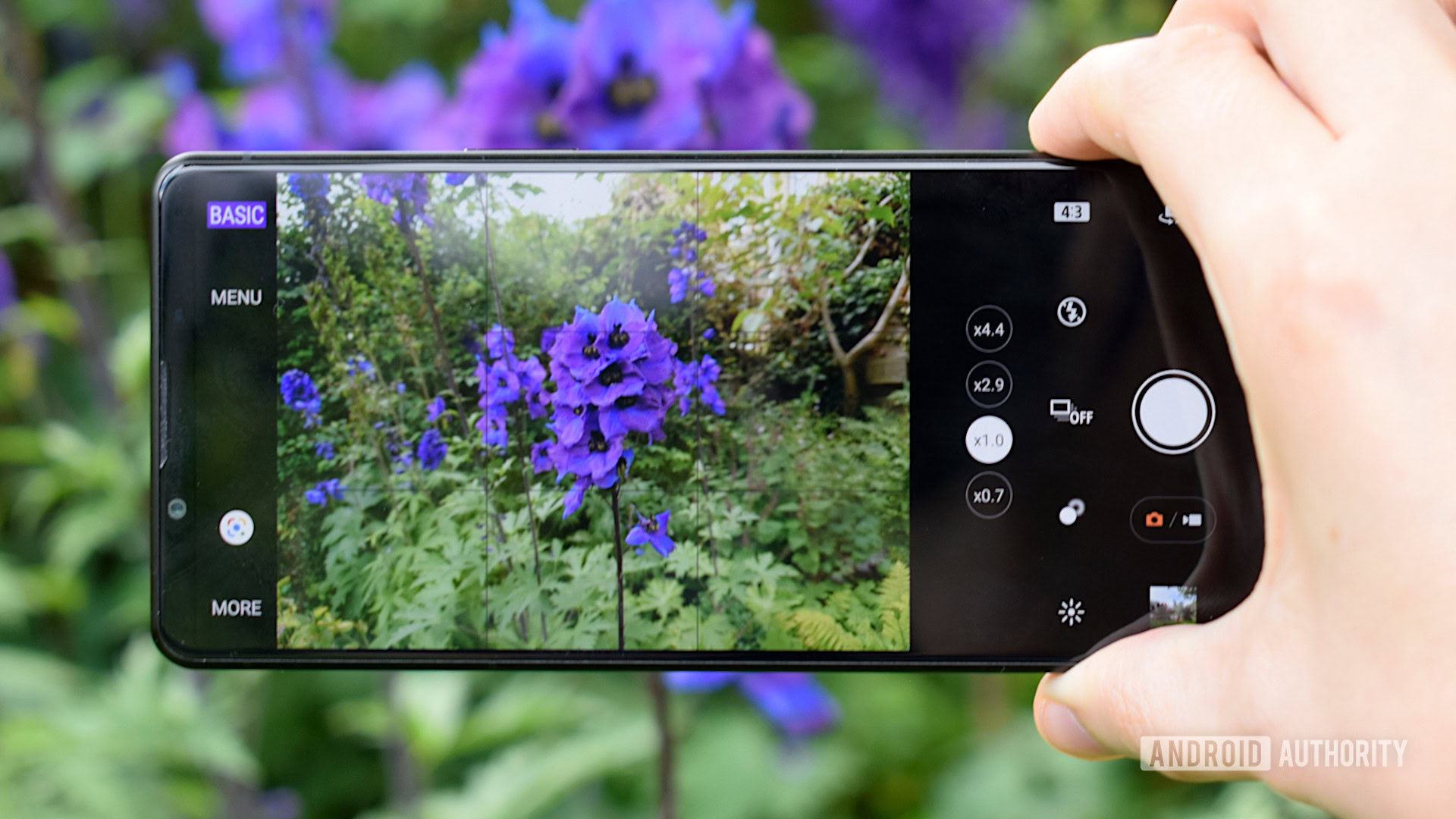
Robert Triggs / Android Authority
If there’s one thing Sony knows, it’s camera features. The Xperia 1 III is chock-full of dials and toggles to satisfy the more experienced photographer. The Photo Pro app provides the familiar auto, shutter speed, and manual exposure options. You can go as deep as you like here, with toggles for autofocus, auto exposure lock, exposure compensation, ISO, white balance presets, HDR mode, metering, and RAW export. The camera app includes a memory recall feature to save and reload your perfect setup for specific scenarios.
Expert advice: How to use your camera’s manual mode
But you don’t have to be a photography wizard to benefit from Sony’s camera prowess. The “Basic” shooting mode offers simplified white balance and exposure controls, artificial bokeh blur, and HDR video recording. There are also continuous HI and LO key burst modes that can take a whopping 20 shots per second. Granted, this might all sound somewhat intimidating to the uninitiated, but housing everything in one place makes it simpler than ever to start dabbling in some more advanced photography techniques at your leisure.
I’d still rate the Xperia 1 III as one of, if not the most fun phones to take out for a photography session. However, I’m not sold on the Cinema Pro experience, as the layout is less user-friendly for those looking to experiment with more advanced video features.
The not so good
Image consistency
While the Xperia 1 III’s camera setup is feature-rich, it’s not the best shooter in terms of image quality across a range of scenarios. Daylight shots look great, and the aforementioned manual features can produce spectacular results in the right hands. However, after prolonged use with the phone, my conclusion is that it hands in results that are far too inconsistent. So it’s not that the phone has a bad camera, and it’s hard to notice the issues in isolation. It’s simply that the Xperia 1 III has a constant problem obtaining the correct exposure in trickier lighting conditions.
The phone’s selfie camera, HDR capabilities, low light, and zoom capabilities aren’t quite up to scratch against the best in the business. That’s a bit of a problem when you’re commanding the same or a higher price tag as the best in the business. That said, the switchable focal length zoom camera is an inspired idea that adds some excellent flexibility to the phone’s repertoire. If you’re interested in how the phone stacks up against the competition, check out our six-way 2021 shootout.
Part of the problem is that Sony is yet to embrace commonplace features among other handsets. For example, there’s no multi-exposure night mode, so shooting in dimmer conditions relies entirely on longer, shake-prone exposures. That’s fine if you carry a tripod, but that’s not how most users shoot with a smartphone. Similarly, the lack of a decent portrait mode often leaves results looking over- or under-exposed, and skin tones are well off the mark as well. Simply put, there are better shooters out there, such as the all-around-excellent Samsung Galaxy S22 Ultra.
See also: The best Sony cameras to spend your money on
Google’s Android 12, not Sony’s
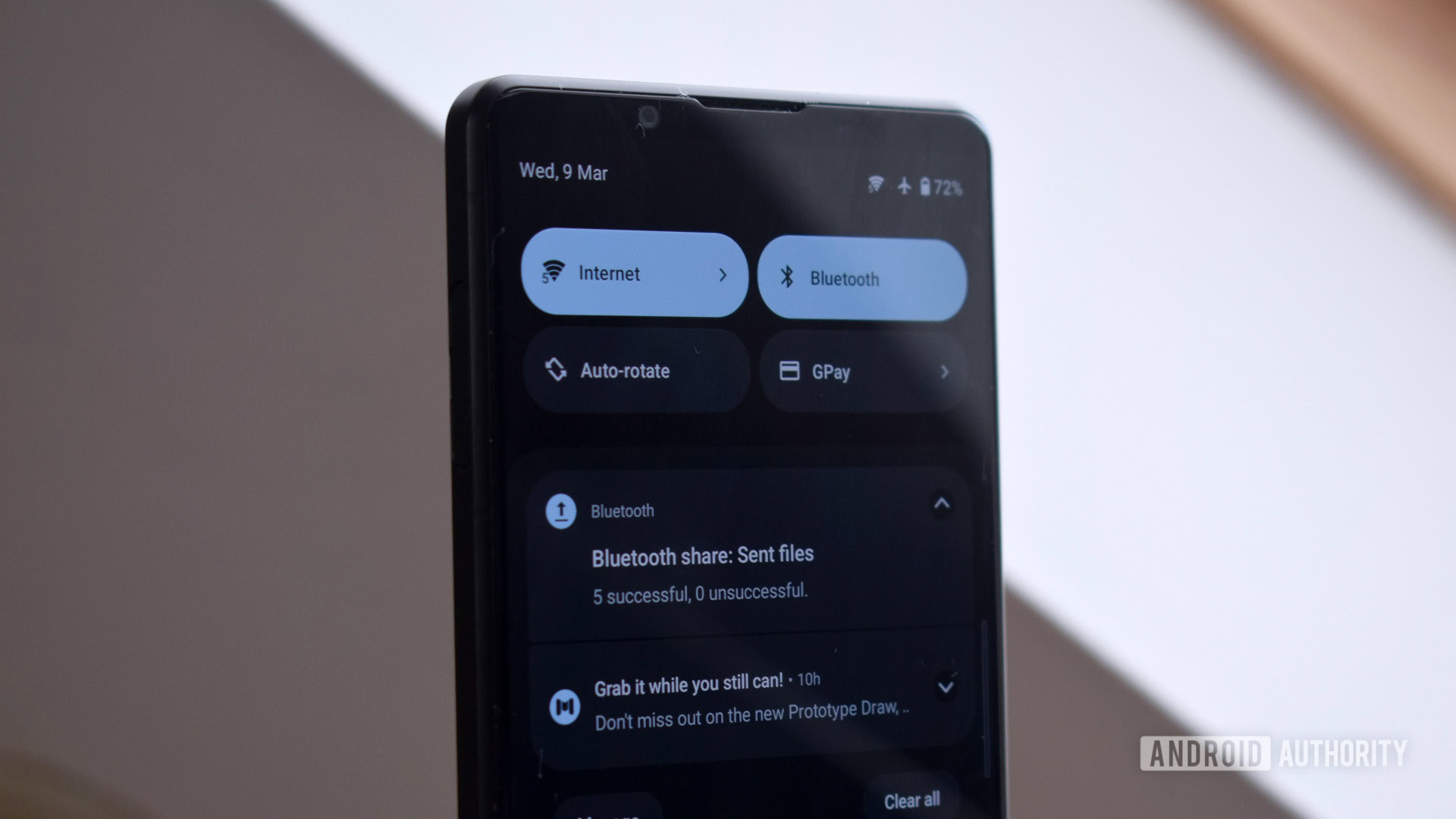
Robert Triggs / Android Authority
Our Sony Xperia 1 III received an upgrade to Android 12 in February, bringing with it a few cosmetic and under-the-hood changes. Unlike other OEMs, Sony directly adopts Google’s new-look Quick Settings tiles, settings icons, and additional white space in the various menus. The update is a bit more Pixel-like than I thought it would be. You’ll also find the same notification tweaks, screenshot sharing UI, one-handed mode, privacy dashboard, and other core features of Google’s latest OS version.
The move to Android 12 is more of the same from Sony’s software department.
Despite Sony’s insistence on sticking close to Google’s version of Android, Material You’s wallpaper color extractor is absent. You’re stuck with Sony’s default blue-ish color scheme. There’s Google’s clock and other widgets, but they don’t fit with the traditional minimalist Xperia theming and other widgets that have a much more modern look. The result is a skin that looks a bit like a mishmash. The update is also a bit buggy too — the UI would often freeze when asked to grant app permissions.
Not much has changed with Sony’s proprietary apps. As far as I can tell, the Game Enhancer, Camera Pro, Cinema Pro, Music, and other apps are the same as in Android 11. Again, that’s fine, but the experience still feels like Android with an array of Sony apps slapped on top, each with its own UI that doesn’t gel with Material You. It feels like Sony is falling behind compared to the more integrated experience of Samsung’s One UI and the like.
This is perhaps a bit of a harsh gripe, but the move to Android 12 is more of the same from Sony’s software department. Although this might not be a bad thing if you were delighted with the handset on Android 11, it’s an opportunity Sony hasn’t taken to put a bit more polish on its software experience. Also, Sony hasn’t improved on its so-so commitment that it “aims to support Xperia 1 III with the latest Android updates for two years after its launch.” So we’re only looking at two more major updates to come, at most. Meanwhile, Samsung supports its Galaxy S21 and Galaxy S22 with four years of OS upgrades and Google’s Pixels get three.
Static display refresh rate
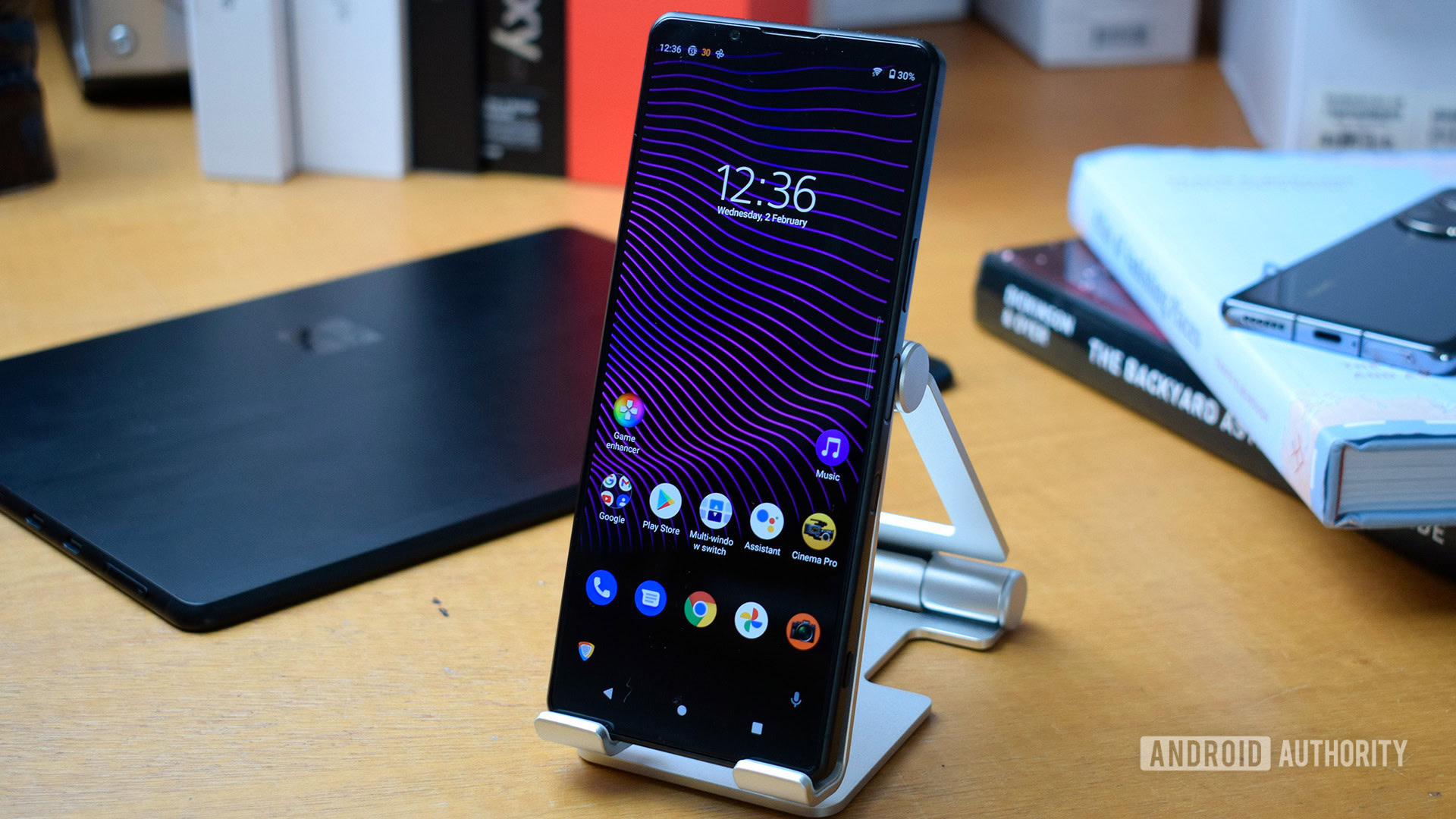
Robert Triggs / Android Authority
Locking the display to either 60Hz or 120Hz didn’t bother me when I originally reviewed the Xperia 1 III, but having used some truly excellent variable refresh rate smartphones recently, this missing feature is making the phone age faster than you’d think. I could instantly feel the sluggishness of the default 60Hz rate when turning the phone back on. Although you can flick the panel into 120Hz, the lack of a variable refresh rate means battery life takes a bigger hit than competing handsets.
The 4K OLED display is otherwise still amazing to look at. Colors are bright yet accurate, and there’s a powerful array of display customization features for those who want to tweak things just so. I’m still a fan of the 21:9 aspect ratio, making the phone a more helpful multi-tasker than many. Overall it’s still an excellent display package; it’s just a shame to have to pick between 60Hz or 120Hz when variable refresh rates are now appearing in much more affordable smartphones.
Sony Xperia 1 III review revisited: The verdict
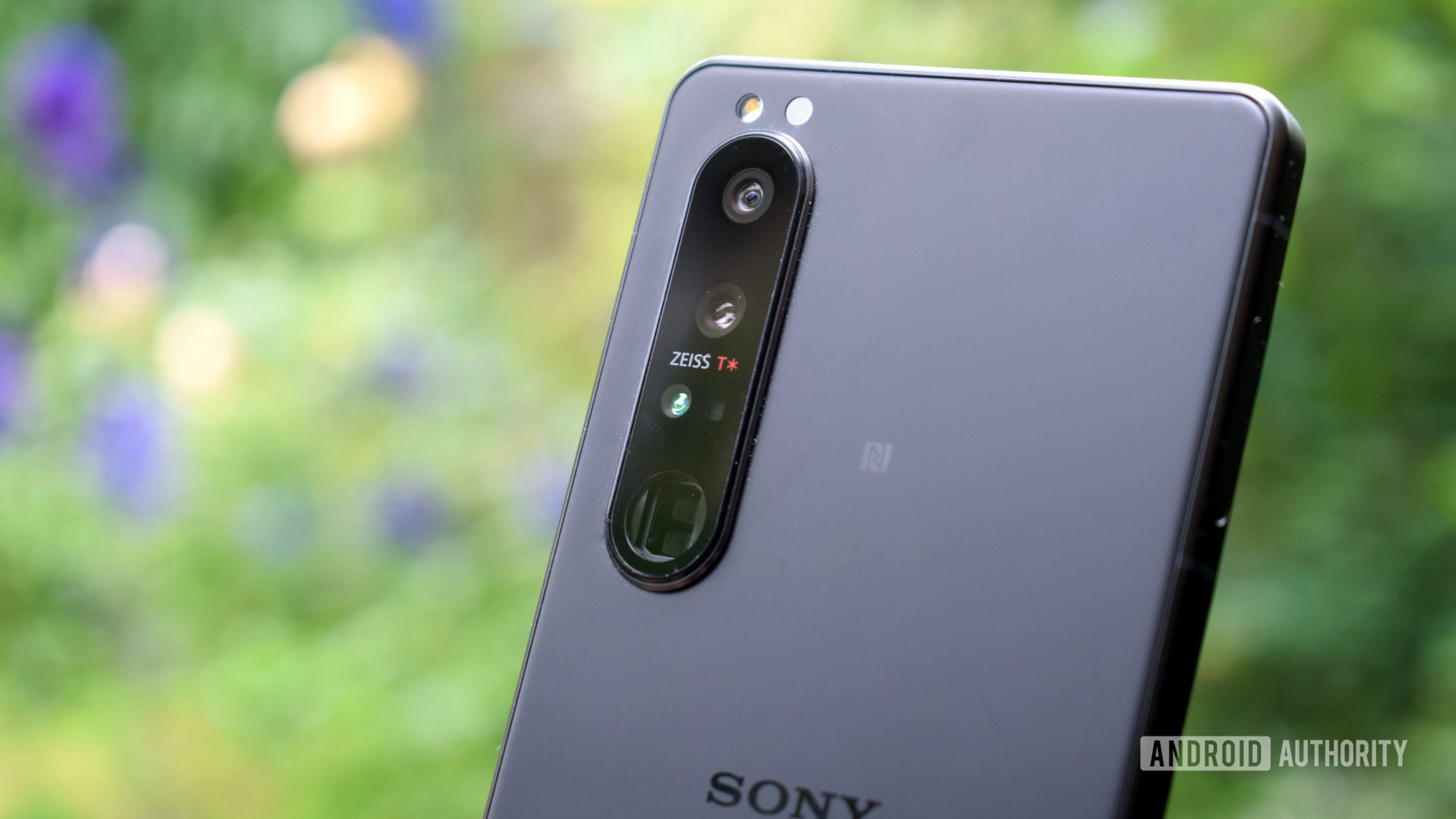
Robert Triggs / Android Authority
Over half a year since launch, there’s still a lot to love and gripe about with the Xperia 1 III. I still both love and have misgivings about the camera, software, and a number of the little features which ultimately stopped the phone from being a slam dunk recommendation at launch. And that remains the case today.
All the other pros and cons we discussed in the original review also apply. The lack of mmWave 5G means the phone is less future-proof over six months down the line, especially in the US. The phone is also still sluggish to charge, and you’ll have to contend with some pre-installed bloatware too. On the positive side, performance is still solid, the battery easily lasts all day, and there’s a suite of multimedia features for audio, video, and gaming enthusiasts to sink their teeth into.
Six months later: Do you think the Sony Xperia 1 III is still a good buy?
410 votes
However, the one detail that’s undoubtedly aged less well is the price. Sony has discounted the handset by $100 since its launch, but it still retails for a hefty $1,199 through official channels. At that price, you’d almost certainly be better served by the far more future-proof Samsung Galaxy S22 Ultra ($1,199). Or, if you’d like to dabble in Apple’s ecosystem, the equally robust and media-oriented iPhone 13 Pro Max ($1,099).
However, you can sometimes spot the Xperia 1 III for $999 at Amazon and the like. That’s a much more tempting prospect, especially for non-Sony fans, and it’s easier to swallow some of the phone’s less-than-perfect qualities at that price. Even so, it’s a tough choice between this phone and the Galaxy S22 Plus ($999). I’d say Samsung’s middle sibling would better serve those looking for a great all-around phone, but those willing to take a bit of a risk on something more unique may find that the Xperia 1 III still fits the bill.
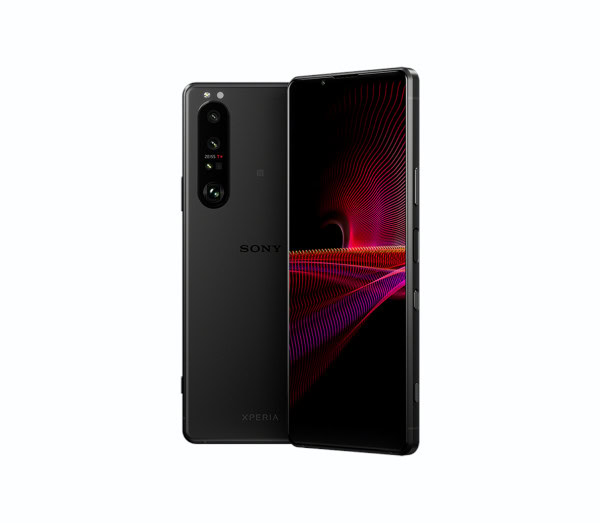
Sony Xperia 1 III
Premium product, premium price
The Xperia 1 III packs in the latest and greatest technology from Sony to create a smartphone purpose-built for multimedia, photography, and gaming.